Whale Watching in Sri Lanka
Memorable Moments
Mirissa is the most reliable site in the world for seeing the difficult and desired Blue Whale. It may also be the best place for seeing Sperm Whales too. Blue Whales are the largest animals to have ever lived on earth growing up to some 33 metres long, weighing up to 150-180 metric tons. They live individually or in very small pods or groups and frequently swim in pairs. Large Baleen Whales and Toothed Whales also come within sight of the shore. The calm ocean is abundant with krill which Blue Whales feed. From December through to April; there is an outstanding window of opportunity for observing Blue Whales and Sperm Whales close to the shore.
.
Sri Lanka is recognized as one of the world’s premier destinations for whale watching, particularly for seeing the magnificent Blue Whale, the largest animal on Earth. Its proximity to the deep continental shelf makes it a key feeding and migration area for numerous cetacean species.
The whale watching season is divided between two main coasts, offering opportunities for sightings almost year-round:
1. Southern Coast: Mirissa / Dondra Point
- Best Season (Blue Whales): November to April, with the peak months typically being December through March/April, when the sea is calm and whales migrate past Dondra Point, the southernmost tip of Sri Lanka.
- What to See: This area is famous for the Blue Whale and also offers high chances of spotting Sperm Whales, Bryde’s Whales, Fin Whales, and large pods of acrobatic Spinner Dolphins.
- Tours: Trips depart early in the morning (around 6:00 – 6:30 AM) from Mirissa Harbour and typically last between 3 to 5 hours.
2. Eastern Coast: Trincomalee
- Best Season (Blue Whales): May to September, when the ocean is calm on the east coast, and the whales are thought to be migrating or feeding near the Trincomalee Canyon.
- What to See: Visitors frequently encounter Blue Whales and Sperm Whales, often at a distance of only a few nautical miles from the shore. This coast is also known for large pods of Spinner Dolphins.
- Tours: Tours also depart early in the morning and offer a less crowded experience than the popular southern routes.
Other Key Species
Beyond the Blue Whale, Sri Lankan waters are home to over 27 species of cetaceans. Other frequently sighted species include:
- Sperm Whales: Known for their distinctive square heads and deep dives.
- Spinner Dolphins: Famous for their acrobatic leaps and large group sizes (super pods).
- Bryde’s Whales and various other dolphin species like Bottlenose and Risso’s dolphins.
- Rarer sightings may include Killer Whales (Orcas) and Humpback Whales.
Responsible Whale Watching
Due to the rapid growth of the tourism industry, choosing a responsible operator is crucial for the well-being of the marine life. Ethical practices include:
- Safe Distance: Operators should maintain a safe and respectful distance from the animals and never cross a whale’s course or corral them with multiple boats.
- Slow Approach: Boats should approach slowly and sideway to minimize disturbance from engine noise.
- Time Limits: Reputable operators limit the time spent with the animals to avoid causing stress, especially to mother-calf pairs.
- Onboard Guide: The best tours include an experienced naturalist or marine biologist to provide educational context.
- Prohibited Activities: Swimming or snorkeling with whales is generally prohibited by Sri Lankan regulations to protect the animals and requires special permits for research purposes only.
Local Hotels

Unsure Where To Start?
Let’s talk about your Earth Trip


Our travel specialists are seasoned explorers with deep local insights. Whether it’s uncovering hidden gems or planning immersive cultural experiences, we design trips that go beyond the ordinary. Get in touch today!
Request A Video MeetingOther Popular Experiences














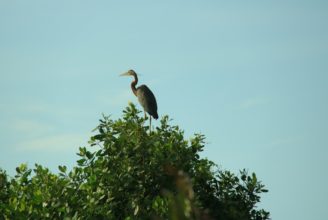
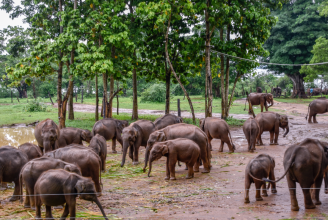
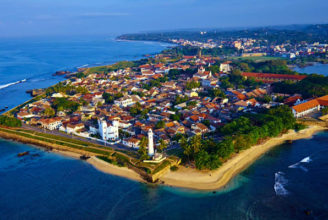
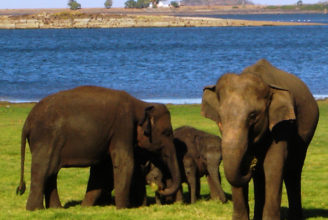
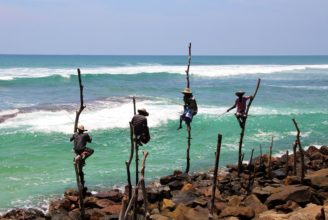
 Whale Watching in Sri Lanka
Whale Watching in Sri Lanka